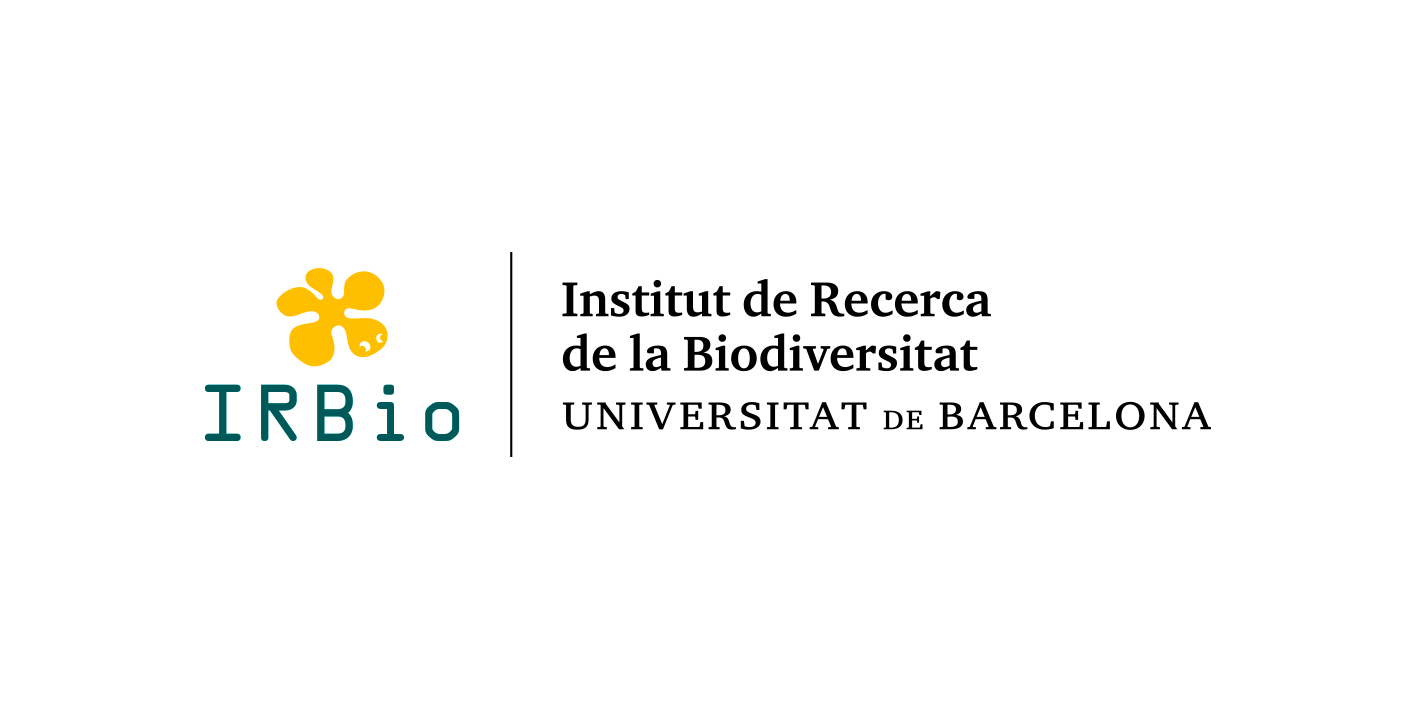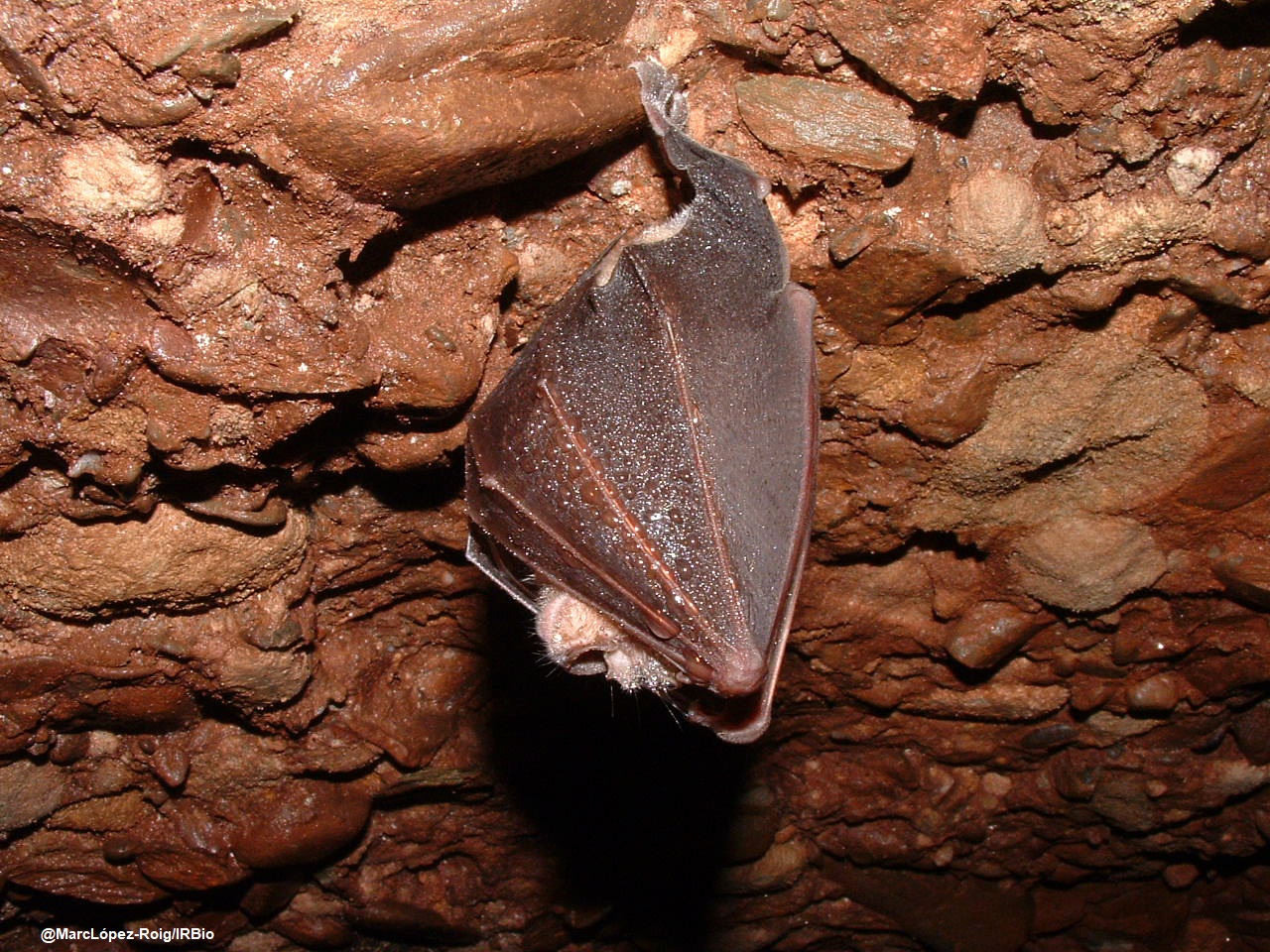22-04-2020
Bats and COVID 19
Ecosystem structure and functionality are changing at an unprecedented rate due to human activity. The environmental alterations and the anthropization of the natural systems affect the loss of habitats and biodiversity. But they also affect the dynamics of reservoir pathogens and increase the likelihood that they will infect the human species. This phenomenon is especially important in SE Asia, where the SARS and COVID-19 epidemics have originated.
Chiroptera (like other wild animals) act as reservoirs for emerging viral diseases around the world. Studies so far show that CoV-SARS-2 comes from bats. This might lead us to think that these mammals are very dangerous, but the reality is very different. Chiropractors perform important ecological functions, such as regulating insect populations. For example, the cave bat colony that hibernates in the Natural Park of Sant Llorenç del Munt consumes more than 100 kg of insect daily. In this sense, they play an important role in controlling agricultural and forestry pests and also in reducing vector species of infectious diseases. The unique adaptations to the aerial domain, the development of a sophisticated sonar system in most species, the type of food resources, the high level of trophies they occupy in ecosystems, the peculiar physiological characteristics and the extraordinary immune system make bats one of the highest ecological value vertebrate groups.
We need to be aware that maintaining chiropractors is important and not damaging or disturbing their habitats or disturbing them when we are in a shelter. Avoiding any kind of contact will avoid possible damage to the colonies and at the same time reduce the likelihood of transmitting diseases.
Note author: Jordi Serra Cobo and Marc López-Roig, IRBio-UB's member and Federació Catalana d' Espeleologia 

